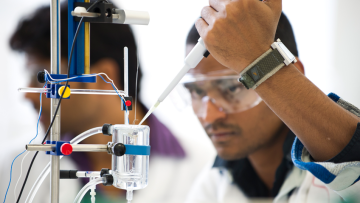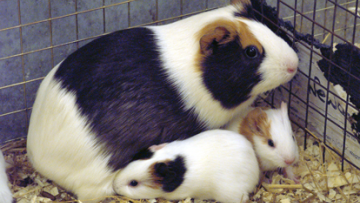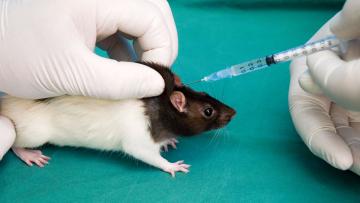How to define hypotheses and set a biologically relevant effect size
Experimental design Landing page
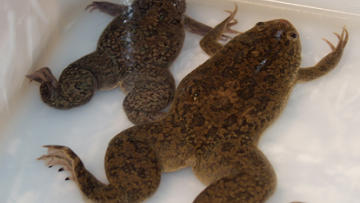
How to account for animals with different strains, ages or sexes in the design and analysis of an in vivo experiment
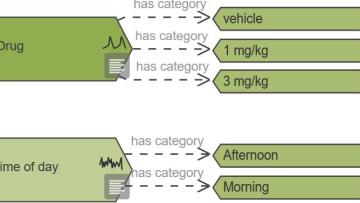
How to identify independent variables of interest and nuisance variables and account for them in the design and the analysis of an in vivo experiment
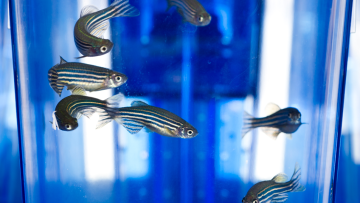
How to define the experimental groups and calculate the sample size needed to obtain reliable results

How to define criteria for including or excluding animals, experimental units, samples or data points from an experiment
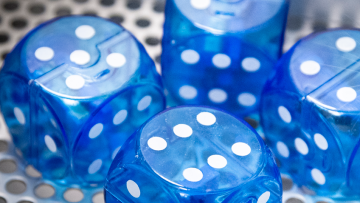
Why randomisation needs to be used to allocate animals to experimental groups and how to generate a randomisation sequence
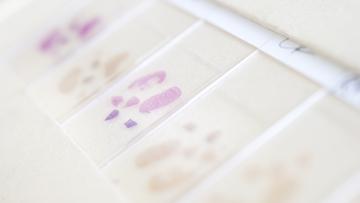
How blinding or masking makes your findings more robust, when to use it and how to create a blinding plan
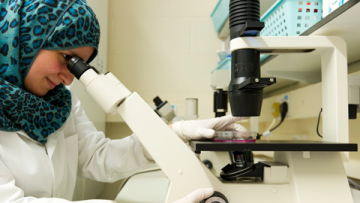
Key considerations for deciding what to measure in an in vivo experiment and selecting the primary outcome measure
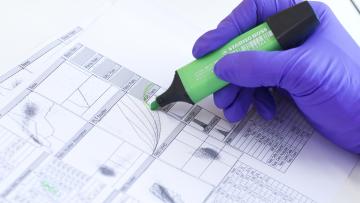
How to choose a method of analysis, and test and transform data to meet the assumptions of parametric tests



